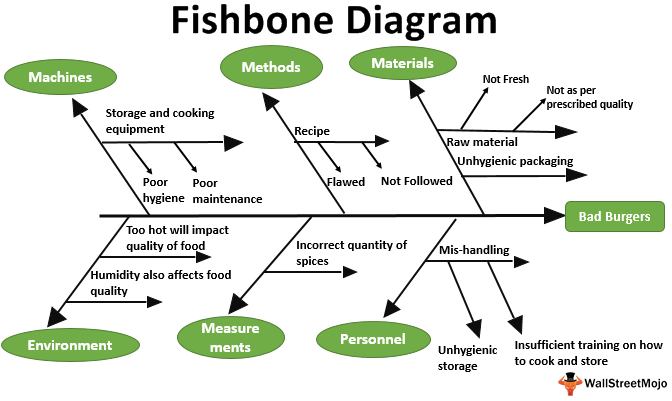


Here, numerous issues can be raised such as demotivation, tiring work routine, failures in the operation. If these are the cases, the feedback culture can help the manager identify the issues and, with the help of HR, plan interventions. Now we assess the human factor in the problem, how did the people involved in the project contribute to its emergence? Understanding how the materials used to manufacture a product or provide a service can impact its quality is important.Īt this point, contributors investigate how they might be linked to the issue at hand. In addition to the company itself, external factors can also be evaluated such as excessive heat, rain, etc. What is the context in which employees are inserted? Does the organizational climate of the company influence the emergence of problems? This point refers to the analysis of process indicators that are used by managers for decision making.Īre they aligned with the purpose of the activities? Is it necessary to review them? It is at this point that we will study how the measures used influence the problem. Thus, it is possible to raise issues such as lack of training or the need for new hires.
Ishikawa diagram examples license#
Here it can be from lack of maintenance to not paying for the license of a program essential for production or lack of skills to manage it. Machine certainly refers to factories, but for application in other contexts, this point of analysis can be interpreted as tools used to execute processes. The methodology behind the process can be the cause of numerous issues within an organization, so this M aims to understand how the way the work is developed influences the problem.
Ishikawa diagram examples how to#
This name comes from the fish bones, see, each of them represents a possible cause of the effect (problem) being analyzed. Each of them starts with the letter M and there are 6 in total.īelow, you will understand what each of these items is and how to determine them. Ishikawa diagram example Understand what the 6Ms of the Diagram are We come to the practical part of this text, we will teach you how to apply the Fishbone Diagram in practice, helping you to identify the primary cause of problems.īut before going into these details, we need to explain why this methodology is also known as the 6M Diagram. Yes, there are several names, but once you finish this text you will understand why all of them and you will not get confused. Since 1943, the year of its creation, the methodology has gained increasing popularity, as it helped employees from different areas to evaluate their processes and resolve issues that affect the organization’s productivity . Ishikawa diagram exampleĪs you can imagine, the name of the methodology comes from its creator, who was called Kaoru Ishikawa, an engineer who developed a tool with the objective that it could be used by anyone, from employees on the “factory floor” to the board of directors. Now that you understand what the Ishikawa Chart is and how it is applied within the corporate environment, let’s talk a little about its history. Thus, it is very useful during the decision-making process and drives the continuous improvement of processes, especially if associated with other management tools . Something managers should keep in mind when adopting the Ishikawa Matrix is that it is not just for organizational issues, as we mentioned earlier, even the constant delays of an employee can be addressed in this way. Thus, even the HR team can take advantage of this methodology. identify points of improvement in processes.identify solutions based on available resources.expand the view of the causes of a problem, providing a more systematic view.



 0 kommentar(er)
0 kommentar(er)
